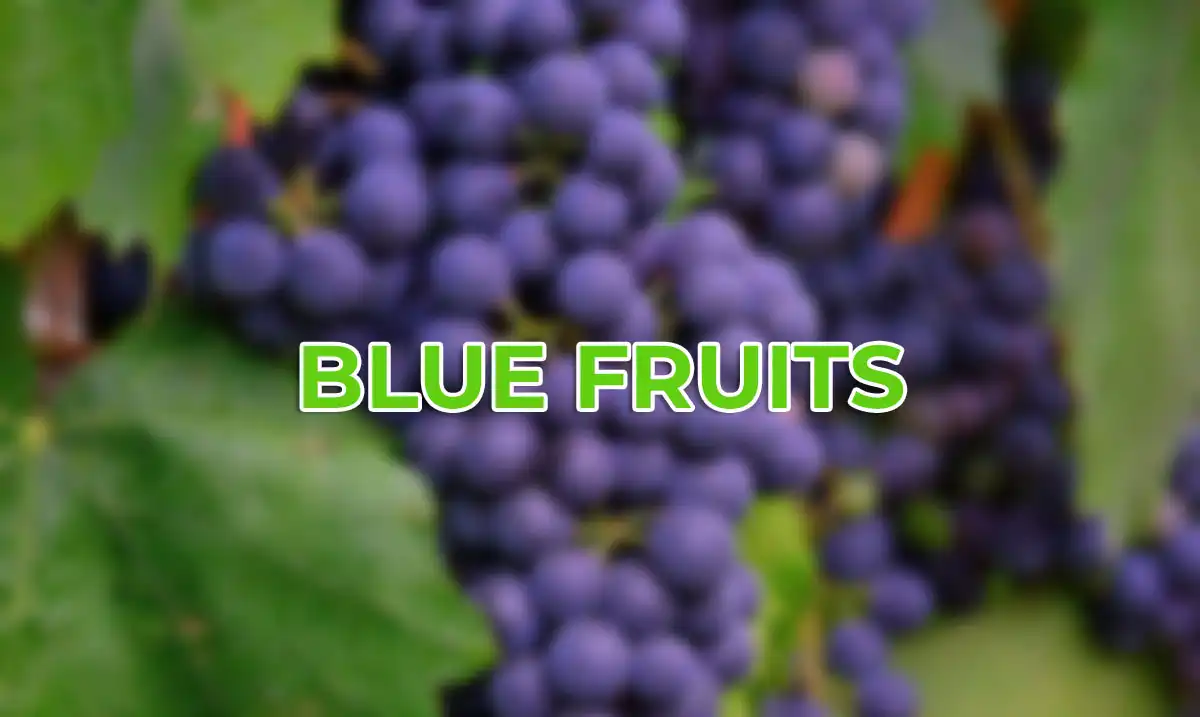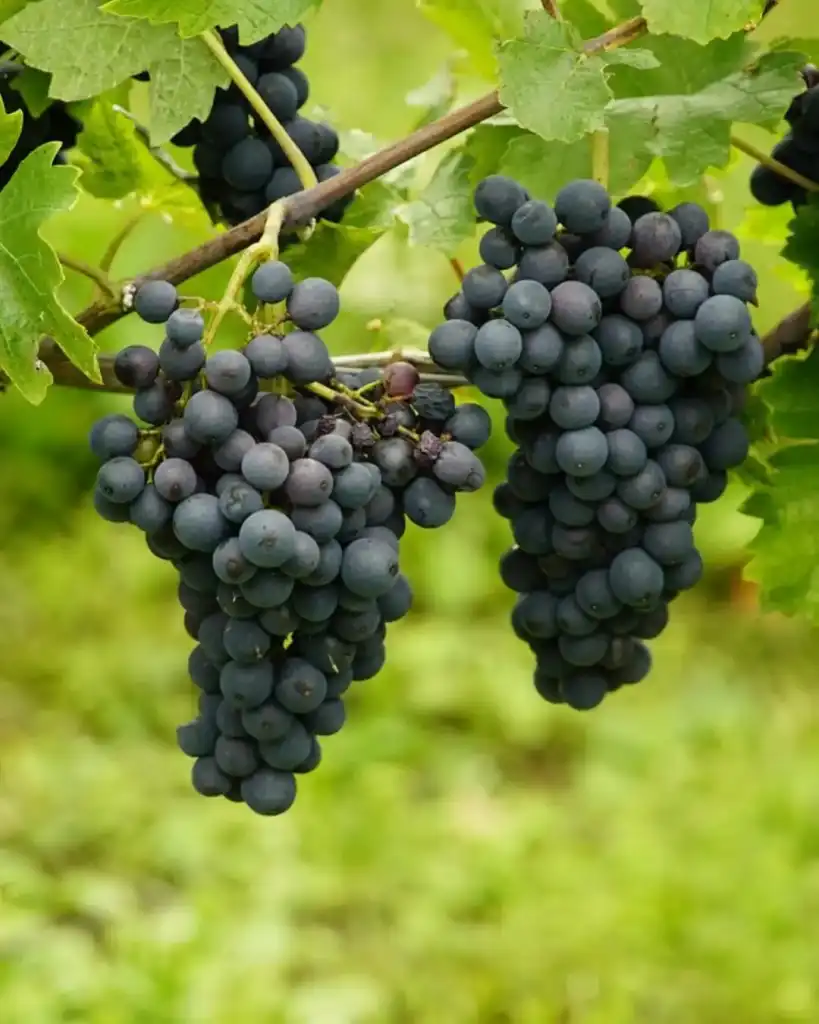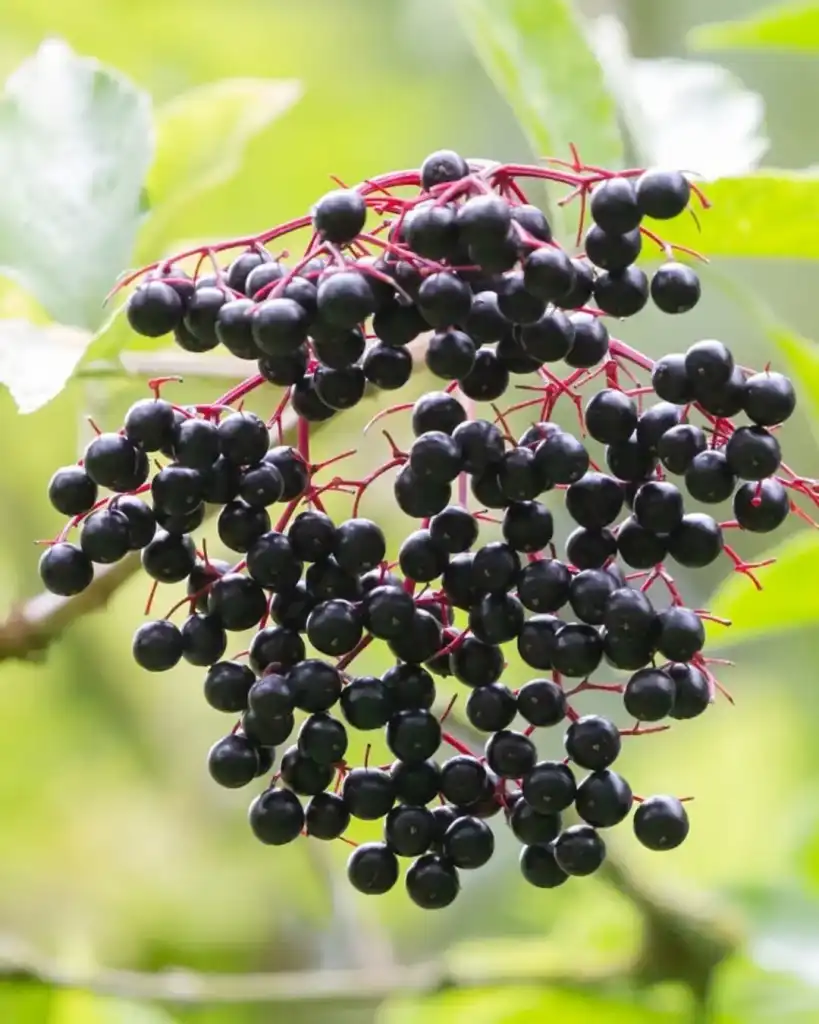Have you ever noticed how rare blue food is in nature? That’s what makes blue fruits so special: they’re not just beautiful to look at but also packed with unique nutrients you won’t find anywhere else.
I discovered these fruits myself during a summer farmers’ market visit. A vendor offered me a sample of fresh blueberries, mentioning they were “nature’s blue medicine.” Intrigued, I began researching what makes blue fruits so extraordinary.
The secret lies in anthocyanins, potent compounds that give blue fruits their distinctive color. These aren’t just for show; they’re working hard to protect your body in ways you might never have imagined.
Let’s explore eight remarkable blue fruits and discover how they can transform your health. Each one brings something special, from brain-boosting power to anti-aging magic.
1. Blueberries: The Brain-Boosting Superfood
Blueberries might be small, but they pack a mighty nutritional punch. Decades of research have supported their impressive health benefits, earning them the status of “superfood.”
Wild blueberries contain even higher concentrations of beneficial compounds than their cultivated counterparts. Their smaller size means more skin per volume, and that’s where the good stuff lives.
Health Benefits:
- Improve memory and cognitive function
- Reduce inflammation throughout the body
- Lower risk of heart disease and high blood pressure
- Regulate blood sugar levels
- Promote eye health and protect vision
- Support digestive health with fiber
- Enhance immune function
- May slow age-related cognitive decline
Try adding a handful to your morning oatmeal or yogurt. The natural sweetness means you won’t need added sugar, making them perfect for satisfying cravings healthfully.
2. Blackberries: The Fiber-Rich Immunity Booster
Despite their name, blackberries have a deep blue-purple hue. These juicy berries grow wild along trails and country roads but are also widely available in markets year-round.
Each blackberry is a cluster of tiny fruits called drupelets containing a seed. This unique structure contributes to their exceptional fiber content.
Health Benefits:
- Provide exceptional fiber for digestive health
- It contains one of the highest antioxidant contents of all fruits
- Support immune system function
- Help manage blood sugar levels
- Promote heart health and reduce inflammation
- Support brain function and memory
- Contribute to healthy, glowing skin
- It may have anti-cancer properties
Blackberries make a perfect snack on their own or blended into smoothies. Their sweet-tart flavor balances perfectly with creamy ingredients like yogurt or nut butter.
3. Concord Grapes: The Heart-Healthy Snack
Bite into a Concord grape, and you’ll immediately notice its distinctive sweet-tart flavor and deep blue skin. These aren’t your average table grapes; they’re a special variety native to North America.
The skin and seeds contain the highest concentration of beneficial compounds, so eating them whole (or drinking 100% juice) offers the most benefits.
Health Benefits:
- Support heart health and circulation
- It may improve blood pressure
- Enhance cognitive function
- Reduce inflammation
- Promote lung health and breathing
- Support immune function
- It may improve sleep quality
- Contribute to eye health
Try freezing Concord grapes for a refreshing summer snack. They become even sweeter when frozen, making them nature’s perfect candy alternative.
4. Blue Elderberries: The Immune System Defender
Elderberries have been used in folk medicine for centuries, particularly to fight colds and flu. These tiny, deep blue-black berries grow in clusters on the elder tree.
Important note: Always cook elderberries before consuming them. Raw elderberries contain compounds that can cause nausea.
Health Benefits:
- Boost immune system function
- Shorten the duration of colds and flu
- Provide powerful antioxidant protection
- Support respiratory health
- Reduce inflammation
- It may improve skin health
- Support heart health
- Help fight allergies
Elderberry syrup is the most common way to enjoy these berries. A spoonful during cold and flu season might be just what the doctor ordered.
5. Blue Honeysuckle (Haskap Berries): The Longevity Secret
Have you never heard of haskap berries? You’re not alone. Also known as blue honeysuckle or honeyberry, these elongated blue fruits are common in Japanese, Russian, and Canadian cuisine but are less known in other parts of the world.
Depending on your climate, these berries ripen earlier than most other blue fruits, sometimes as early as May or June.
Health Benefits:
- Contain highly high vitamin C content
- Provide powerful anti-aging compounds
- Support cardiovascular health
- Enhance immune function
- Promote eye health
- Improve skin elasticity and appearance
- Support healthy digestion
- It may help reduce allergic responses
Their tangy-sweet flavor works wonderfully in jams and preserves. They’re also delicious mixed with milder berries like blueberries in baked goods.
6. Blue Java Bananas: The Creamy Tropical Delight
Yes, blue bananas exist! Blue Java bananas, called ice cream bananas, have stunning blue-silver skin before they ripen. When mature, they develop a creamy, vanilla-custard flavor that tastes like ice cream.
Native to Southeast Asia, these unique fruits thrive in tropical and subtropical climates. They’re larger and plumper than the yellow Cavendish bananas we’re used to seeing.
Health Benefits:
- Provide resistant starch for gut health
- Offer potassium for heart and muscle function
- Support digestive health
- Help regulate blood pressure
- Boost mood through B vitamins
- Provide natural energy
- Support exercise recovery
- Help maintain healthy blood sugar levels
Try freezing peeled, ripe Blue Java bananas for a natural “ice cream” treat. Their creamy texture makes them perfect for smoothies and healthy desserts.
7. Blue Tomatoes (Indigo Rose): The Antioxidant Powerhouse
While technically a fruit, blue tomatoes break all the rules about what we expect tomatoes to look like. Varieties like “Indigo Rose” display a stunning blue-purple hue on their sun-exposed surfaces.
Oregon State University specifically bred these tomatoes to maximize anthocyanin content, the same compounds found in blueberries.
Health Benefits:
- Provide exceptional antioxidant protection
- Support heart health
- Promote skin health and protection
- Contain lycopene for prostate health
- Support eye health
- Reduce inflammation
- It may have anti-cancer properties
- Boost immune function
Use these gorgeous tomatoes in salads where their color can shine. Their flavor is similar to regular tomatoes but with a slightly bolder, more complex taste.
8. Blue Marble Fruit: The Rare Tropical Wonder
Blue marble fruit, native to Australia and parts of Southeast Asia, resembles small blue marbles growing in clusters. Its electric blue color comes naturally—no food dye here!
You’ll find translucent white flesh with a mild, sweet flavor, sometimes compared to grapes or lychees.
Health Benefits:
- Support eye health
- Provide unique antioxidants
- Offer antimicrobial properties
- Contribute to heart health
- Support immune function
- Promote healthy digestion
- It may help reduce inflammation
- Support skin health
While hard to find outside their native regions, blue marble fruit makes extraordinary preserves and adds stunning color to fruit salads.
How to Incorporate More Blue Fruits Into Your Diet
Adding these nutritional powerhouses to your routine doesn’t have to be complicated. Start your day with blueberries on cereal or oatmeal, or pack blackberries as a sweet afternoon snack.
Frozen options work just as well when fresh isn’t available. Studies show freezing can help preserve some of the beneficial compounds in blue fruits.
Smoothies offer an easy way to combine several blue fruits at once. Try blending blueberries, blackberries, and a frozen banana (blue Java if you can find it!) for a nutrition-packed treat.
The Bottom Line on Blue Foods
The unique compounds that create those beautiful blue hues do much more than catch your eye; they offer rare health benefits you can’t get elsewhere.
Adding just one serving of blue fruits to your daily routine can significantly affect your health over time. Small changes add up to significant results.
Have you tried any of these incredible blue fruits? Which one are you most excited to incorporate into your diet? Share your thoughts in the comments below!








